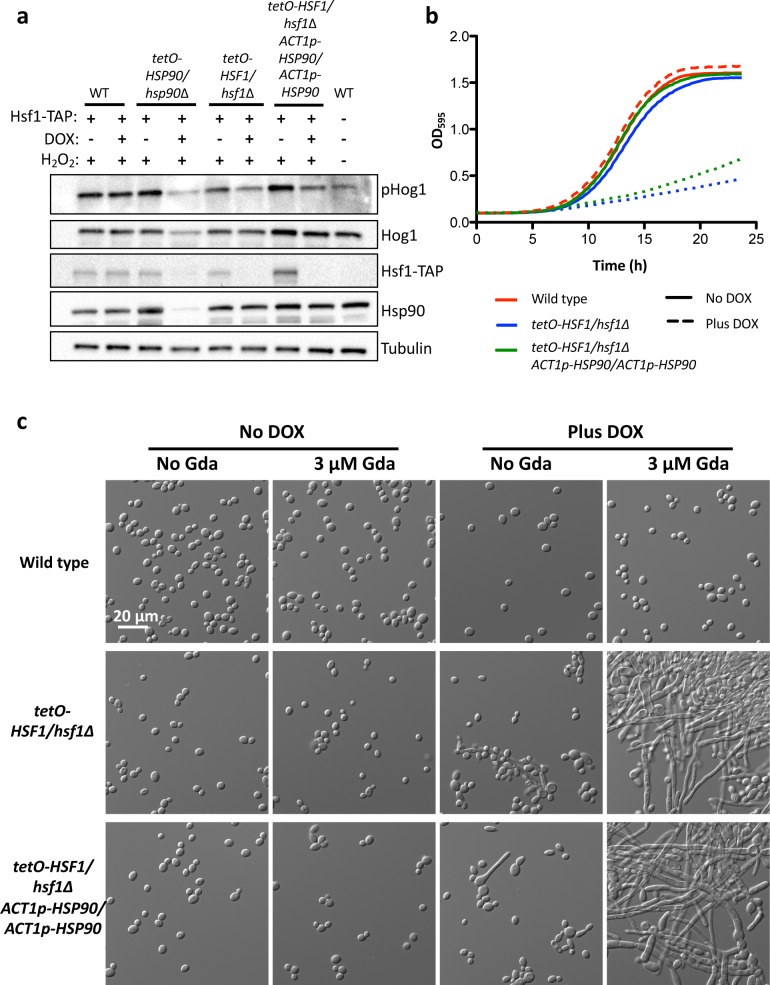Fig 4. HSF1 depletion induces filamentation by compromising Hsp90 function, independently of changes in HSP90 expression.
a) Western blot analysis was performed to assay if HSF1 depletion compromises Hsp90 function by monitoring the Hsp90 client protein Hog1. Strains were grown in the absence or presence of 20 μg/mL DOX. Cells were treated with 5 mM hydrogen peroxide (H2O2) for 10 minutes to induce oxidative stress before protein extraction. Depletion of Hsf1 reduces the levels of phosphorylated Hog1 (pHog1) but not total Hog1 levels, even in the isogenic strain with constitutive HSP90 expression. Tubulin levels serve as loading control. WT indicates the wild type control. Experiment was performed in biological quadruplicate and a representative image is shown, with the western blots for the additional replicates shown in S8 Fig. b) HSF1 depletion causes a hypersensitivity to the Hsp90 inhibitor geldanamycin, even when HSP90 expression is constitutive and independent of Hsf1. Growth curves were generated by measuring the optical density of cells grown in the absence or presence of 20 μg/mL DOX in the presence of a concentration of geldanamycin that does not inhibit the growth of the wild-type strain (3.13 μM). Optical density at 595 nm was measured every 15 minutes with a TECAN plate reader grown with high orbital shaking at 30°C. Experiment was performed in biological quadruplicate, with one representative graph shown. c) HSF1 depletion causes filamentation at lower concentrations of geldanamycin (Gda) than is necessary to induce filamentation of the wild-type strain. Strains were grown in static conditions in the presence of no DOX or 20 μg/mL DOX, and in the presence of no geldanamycin (Gda) or 3.13 μM geldanamycin (Gda) at 30°C. In static growth conditions, 3.13 μM geldanamycin does not inhibit growth of the strains.

